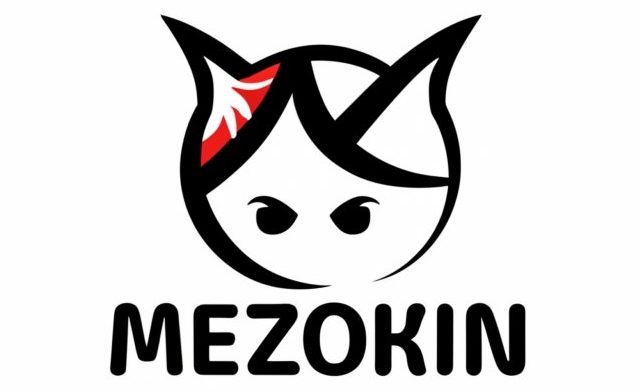Bitcoin, the first and most well-known cryptocurrency, has been a subject of intense interest and speculation since its inception in 2009. Its price has seen unprecedented volatility, with significant implications for its market capitalization. This study delves into the dynamics of bitcoin price and its correlation with market capitalization, providing insights into the factors that drive these metrics and their potential future trajectories.
Introduction to Bitcoin Price Dynamics
Bitcoin price is determined by a complex interplay of factors, including market demand, investor sentiment, technological advancements, and macroeconomic trends. The price of Bitcoin has been known to experience wild fluctuations, making it a high-risk, high-reward investment for many. Understanding these dynamics is crucial for investors and market analysts alike.
The price of Bitcoin is influenced by several key factors. Firstly, market demand plays a significant role. As more people become interested in owning Bitcoin, the price tends to rise due to increased buying pressure. Conversely, when demand wanes, the price can drop. Secondly, investor sentiment, often swayed by news and market trends, can cause rapid changes in Bitcoin price. Positive news about Bitcoin’s adoption or technological advancements can lead to price surges, while negative news can result in sharp declines.
Market Capitalization and Its Relevance
Market capitalization, or market cap, is a measure of a cryptocurrency’s total value in the market. It is calculated by multiplying the current price of one Bitcoin by the total number of Bitcoins in circulation. This metric provides a broader perspective on the cryptocurrency’s value and is often used to compare the size of different cryptocurrencies.
Bitcoin’s market cap has grown exponentially since its early days, reflecting the increasing acceptance and value of the cryptocurrency. It is an important indicator of Bitcoin’s dominance in the market and its potential for future growth. A high market cap can signal confidence in the cryptocurrency and attract further investment, while a low market cap might indicate skepticism or a lack of interest.
Historical Price Trends and Market Capitalization
Examining historical price trends can provide valuable insights into Bitcoin’s market behavior. Since its launch, Bitcoin has experienced several bull and bear markets, each with unique characteristics. The 2017 bull run, for instance, saw Bitcoin price surge to nearly $20,000 before a subsequent crash. This period was marked by increased media attention and a surge in retail investor interest.
The market capitalization during this period also skyrocketed, reflecting the massive influx of capital into the cryptocurrency market. However, as the price of Bitcoin plummeted, so did its market cap, indicating the close relationship between the two metrics. Understanding these historical trends can help predict future market movements and inform investment strategies.
Intrinsic Factors Affecting Bitcoin Price
Several intrinsic factors can influence the price of Bitcoin. One of the most significant is the limited supply of Bitcoin. With a maximum cap of 21 million coins, Bitcoin’s scarcity can drive up its price as demand increases. Additionally, the technology behind Bitcoin, blockchain, continues to evolve, with improvements potentially enhancing its value and utility.
Security and privacy are also intrinsic factors that can affect Bitcoin price. As the cryptocurrency space faces regulatory scrutiny and security challenges, the ability of Bitcoin to maintain its decentralized nature and protect user privacy becomes increasingly important. Any developments in these areas can have a direct impact on Bitcoin price and market capitalization.
Extrinsic Factors Impacting Bitcoin Price
Extrinsic factors, such as global economic conditions, regulatory changes, and technological advancements in the broader financial sector, can also significantly impact Bitcoin price. For example, economic uncertainty can lead to increased demand for Bitcoin as a hedge against inflation, driving up its price. Conversely, regulatory crackdowns can deter potential investors and suppress the price.
Technological advancements in traditional finance, such as the rise of digital currencies issued by central banks, can also affect Bitcoin’s market position. As these digital currencies gain traction, they may compete with Bitcoin for market share, influencing its price and market cap.
Future Outlook for Bitcoin Price and Market Capitalization
The future of Bitcoin price and market capitalization is uncertain and depends on a multitude of factors. Continued technological innovation, increasing institutional adoption, and potential changes in global economic conditions will all play a role in shaping Bitcoin’s trajectory.
As Bitcoin becomes more integrated into the global financial system, its market cap is likely to continue growing, reflecting its expanding role as a store of value and medium of exchange. However, this growth is not guaranteed and is subject to the whims of market sentiment and external economic factors.
In conclusion, Bitcoin price and market capitalization are complex metrics influenced by a myriad of factors. By understanding these dynamics, investors can make more informed decisions and better navigate the volatile world of cryptocurrency investing.




